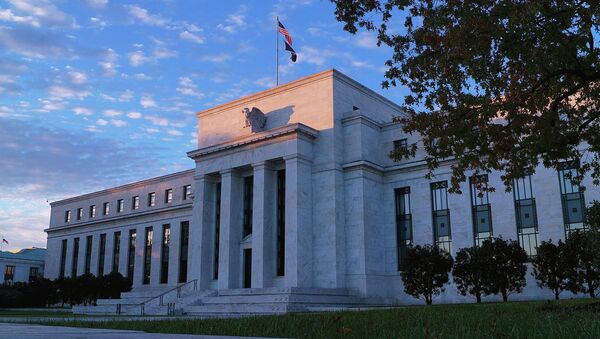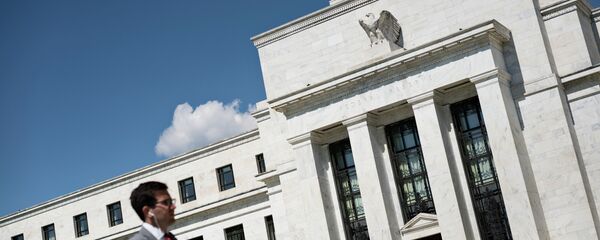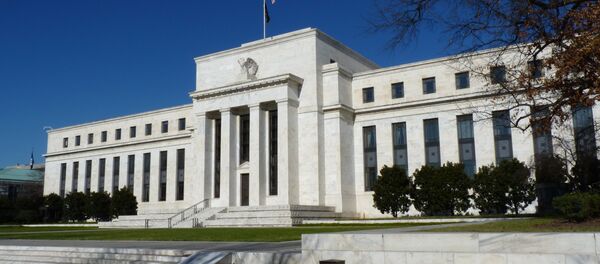Kristian Rouz – John Williams, President of the Federal Reserve Bank of San Francisco, said the regulator’s $4.5-trillion balance sheet is set to shrink over the next five years, with first efforts in this direction to be taken by the end of the current year.
Williams also expressed the view that whilst the normalisation of the Fed’s monetary policy will gradually continue with three increases in base borrowing costs this year, a fiscal stimulus promised by the White House is deemed unnecessary amidst the projected rebound in economic growth.
The Federal Reserve, as of late April 2017, owns some $4.470 trln worth of assets, including $2.465 trln in US governmental bonds (US Treasury securities), and $1.769 trln in mortgage-backed securities. The former is a direct consequence of the quantitative easing (QE) programme, intact between 2009 and 2014, when the US Fed was purchasing the federal government’s bonds in order to finance the Obama administrations post-crisis recovery effort.
The latter, meanwhile, is a result of the Fed’s activity aimed at stabilising the US real estate market, as is was the mortgage meltdown of 2006-2008 that sent the broader economy into the Great Recession.
“How big will the balance sheet be five years from now, when this has all happened?” San Francisco Fed’s Williams said on Monday on the sidelines of the Symposium on Asian Banking and Finance in Singapore. “That is something we haven’t decided on. It will be much smaller than today.”
For example, selling some $2 trln worth of US Treasuries over a short timeline would produce a plunge is US governmental bond value and unwind a significant increase in Treasury yields, pushing natural interest rates higher and jeopardising the US debt’s status as safe haven. The same applies to mortgage-backed securities.
Williams said the reduction of the balance sheet will be gradual and ‘boring’, and will likely draw minimum attention from the open market as it will be happening ‘in the background.’ The Fed’s balance sheet will also unlikely return to its pre-crisis low.
“It’s not a question of are we going to reduce the balance sheet significantly,” Williams said. “It’s really like at the end, is that balance sheet going to have something like 2 trillion or 2 and a half trillion or something like that. I’m not making decisions. We haven’t made decisions.”
Whilst reaffirming the Fed’s commitment to continue base interest rate increases despite slow first-quarter GDP growth at 1.2 percent, Williams said the White House does not have to enact their promised fiscal stimulus package. The current pace of economic growth is robust enough to withstand the tightening in monetary policies, as both inflation and the labour market are solid enough to support further economic expansion.
"It's not like we need fiscal policy in the short run to help the economy get back on track. We're actually in a good place in terms of where the economy is even without thinking about fiscal stimulus," Williams said.
With US unemployment at 4.4 percent, its lowest in about a decade, the GDP growth is projected to accelerate to 2.5-4 percent in the current quarter, according to various estimates.
“The economy is doing well, with good momentum,” Williams said. “We have a way to go on inflation goals but I am optimistic about the economy.”
The Fed raised rates in March to the current 0.75-1.00 percent, and left rates unchanged in May due to the dismal Q1 growth report released in late April. The recent upward revision of the Q1 growth from 0.7 percent to 1.2 percent, as well as gains in inflation and improvements in the labour market have produced higher expectations of a June or July interest rate hike. By the end of this year, US base borrowing costs might reach 1.5 percent, rendering all types of credit product dearer, and limiting gains in consumer prices.



